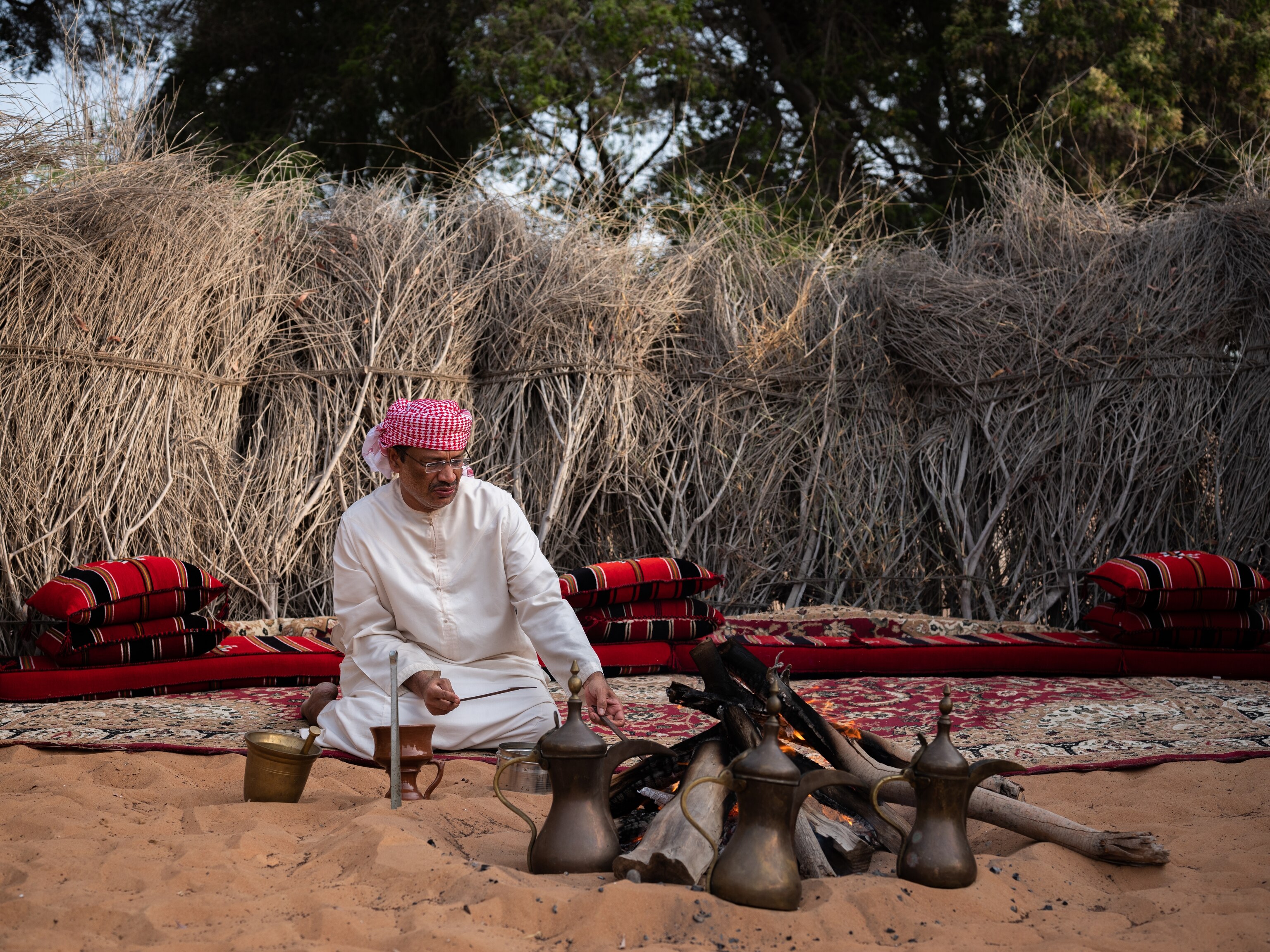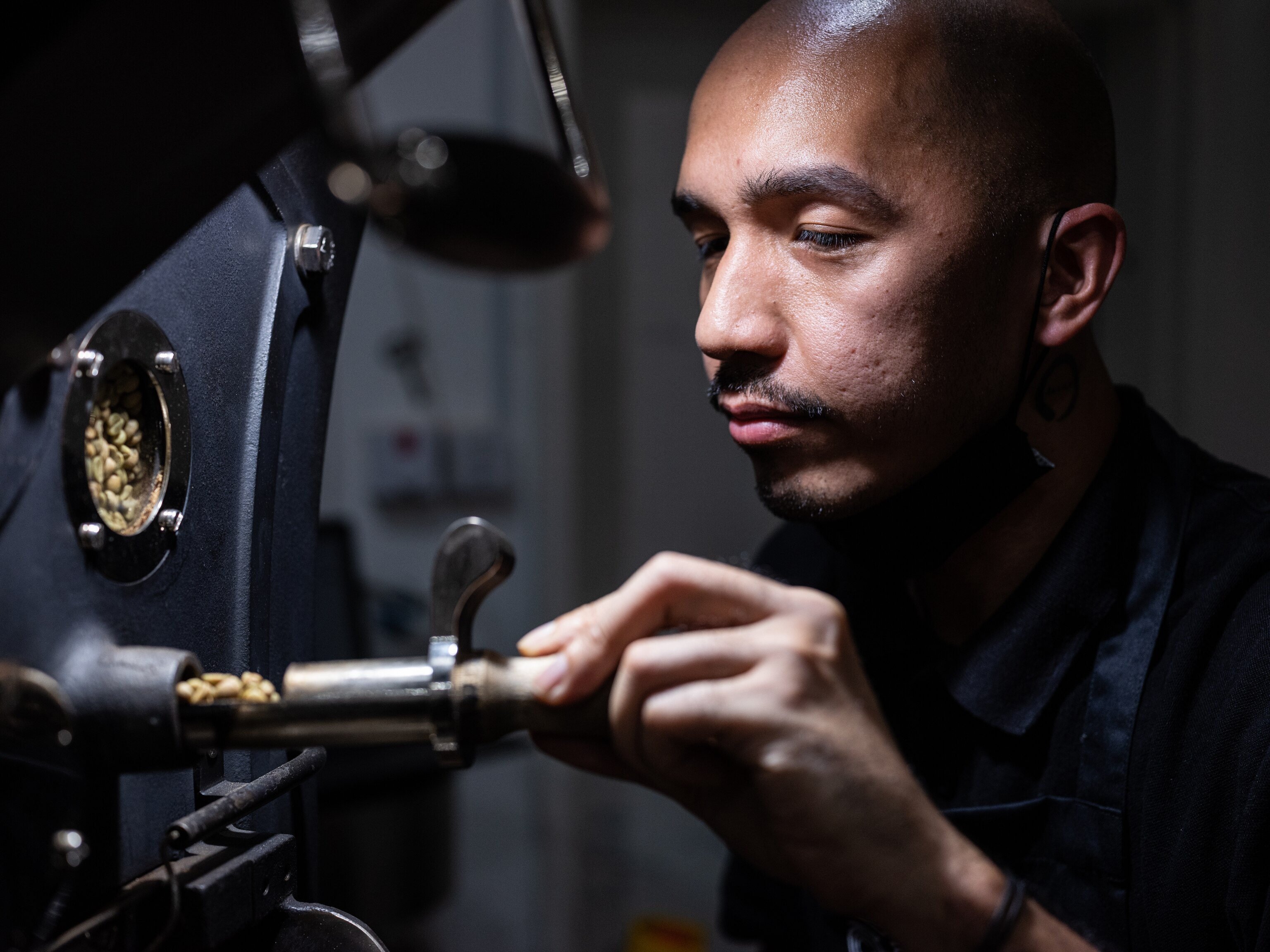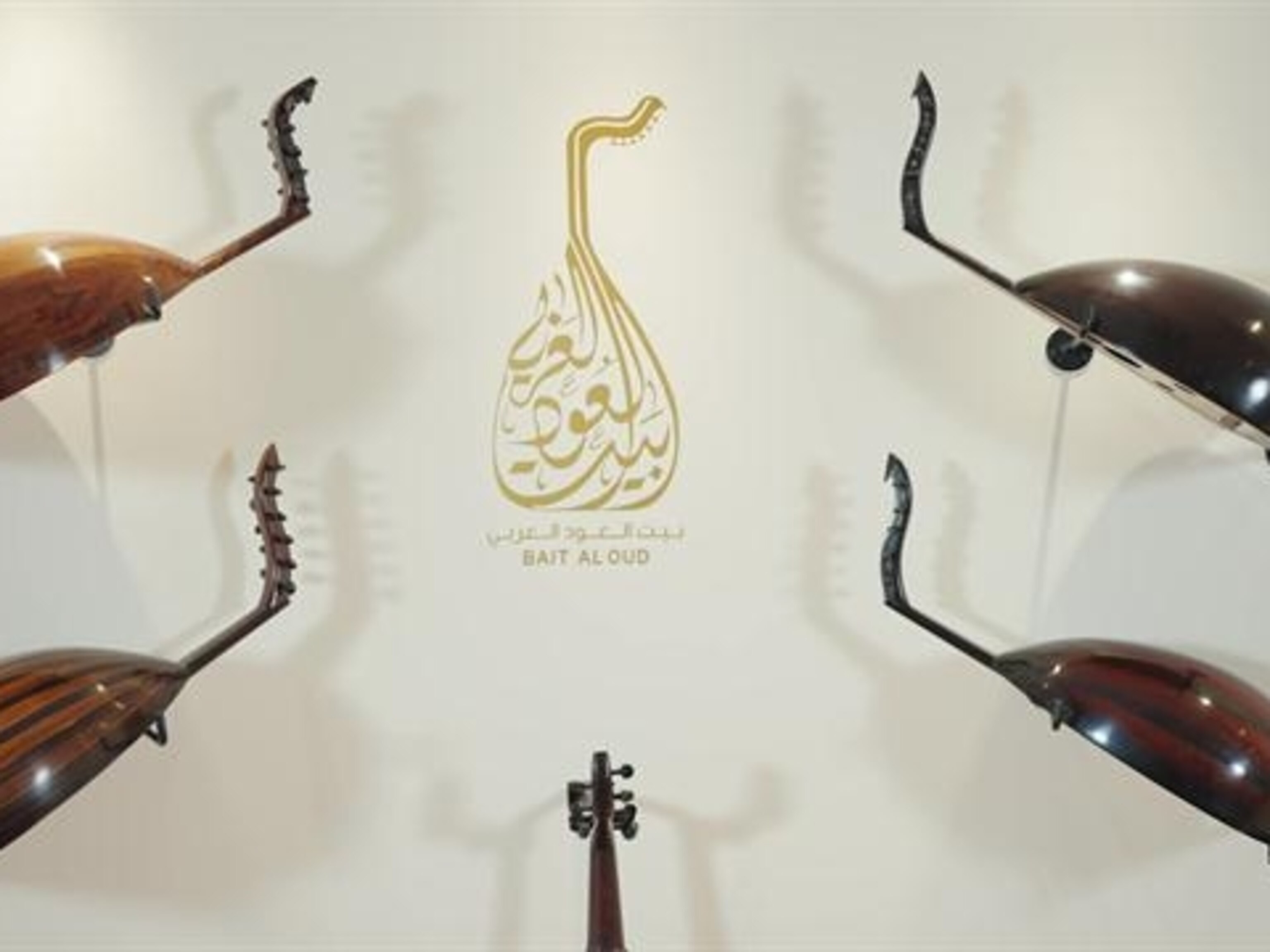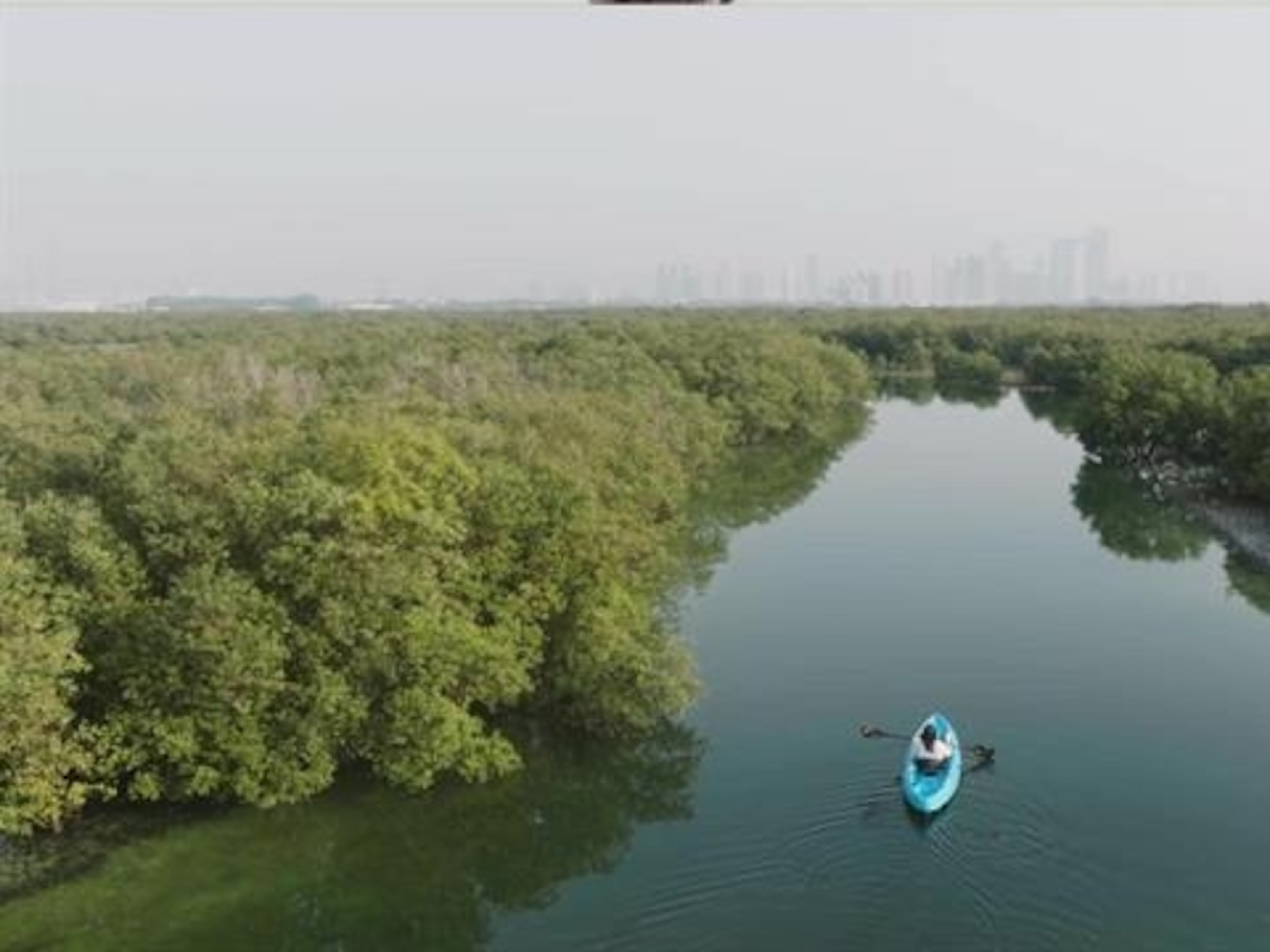A journey of the senses through Abu Dhabi
From the distinctive aroma of Emirati coffee to hearty local cuisine, a trip to Abu Dhabi provides abundant opportunities to delight the senses.
We can learn a lot about a place when we allow our senses to guide us. While exploring Abu Dhabi, aromas that commonly delight and intrigue include heady oud wafting from incense burners in souks and malls, along with fruity-smelling smoke puffed out by shisha pipes across cafés. On the taste side, cumin, saffron, and cardamom are just some of the spices that feature heavily in many of the traditional dishes that please the palate and tell the story of the emirate’s cuisine. A sensory-led journey through Abu Dhabi will not only grip you; it will help to illuminate many aspects of the emirate’s culture, such as the connection between coffee, or gahwa as it is known in the region, and hospitality.
Nothing says Abu Dhabi quite like the scent of coffee infused with flavors such as cardamom and rose water. Gahwa is a symbol of hospitality and holds great importance in Emirati culture. Such is gahwa’s significance to Abu Dhabi, and the UAE as a whole, its one-dirham coins pay homage to it by depicting the dallah, the traditional Arab coffee pot. The pot’s unique form, from its crescent-shaped spout to its spire-shaped lid, has become a symbol of local coffee culture. There is even an oversized dallah-shaped sculpture in Abu Dhabi’s Union Square, further emphasizing the utensil’s place in Emirati national consciousness.

Some believe that coffee was first brought to the region, known today as the UAE, by Muslims returning from Haj in Mecca, around the 15th century. Regardless of how the beverage made its way here, its popularity quickly spread in the Arabian Peninsula, taking on a life of its own complete with rituals and etiquette.
This etiquette is an important display of hospitality in Emirati society, thought to hail from the days when Bedouins relied on reciprocal generosity. The person tasked with serving gahwa, known as muqahwi, holds the dallah in his left hand and the finjaan (cups with no handles) in his right. He then serves gahwa starting with the most important person in the room followed by those on his right. Once a guest is finished and no longer wants a refill, they should shake the cup, alerting the muqahwi that they’re done. Although admittedly, once you start it’s hard to stop, no matter how ill-advised it is to keep guzzling a heavily caffeinated beverage.
The process of making gahwa is an elaborate affair, however, today some of the steps are omitted. The roasting is mostly done by machines where traditionally the process began with converting the beans into coffee by sorting, washing, and drying the beans, then roasting them until they turned red or brown. The roasted beans are ground with a mortar and pestle—a noisy process tinged with nostalgia for older generations of Emiratis. The rhythmic clanging evokes memories of coffee being made at dawn and is seen as an invitation to awaken and join the rest of the family before the start of the day.
Once roasted, the beans are boiled in the dallah, releasing a pungent aroma. Added spices and flavourings, such as cardamom, saffron, rose water, and cloves infuse the coffee, giving rise to a distinctive, sweet scent that has become synonymous with hospitality, family, generosity.
If you’re looking to recreate the experience at home, it is worth making the trip to Souk Al Zafarana in Al Ain to buy supplies. A nose-led adventure awaits you in its alleys where you can shop for an array of spices, including those used in gahwa, as well as the dallah. Shop here at your own peril, though, if you’re short on luggage space; it’s hard to resist the medley of handicrafts, perfumes, and trinkets.
As demand for specialty coffee soars and independent shops pop up across the emirate, the Department of Culture and Tourism - Abu Dhabi is working to preserve traditional gahwa through the Gahwa Championships at Al Hosn Festival. At the festival, participants are tested on their knowledge of gahwa heritage, along with bean selection, and the way the beverage is prepared. The initiative helps to protect and document gahwa as a precious Emirati tradition.

One thing gahwa shares with traditional Abu Dhabi cuisine is the sense of community and connection it evokes. Emirati dining is largely a communal affair; picture giant pots of gently spiced food being shared by the family, the scents of cinnamon and saffron surfing the air. Emirati food can be largely understood through the country’s geography and trading heritage. An amalgamation of Asian and Middle Eastern influences, major ingredients include rice, fish and meat cooked with nuts, limes, dried fruit, and ghee.
One popular dish is ayesh muhamar, rice cooked with date molasses and served with fish. The flavor profile is typical of Emirati dishes, which often combine sweet with savoury. Machboos, a much-loved dish made with rice together with chicken, lamb, fish or shrimp, is a regular fixture during weekend family lunches. Bzar, the spice mix that is used, varies from household to household and is typically a closely guarded family secret. Machboos, together with another local favorite that has taken on a form of its own, biryani, are living testaments to the UAE’s trade history with India and the historic region of Persia.
An interesting breakfast favorite is balaleet, which is comfort food at its finest—and if you’re looking for a less-than-conventional way of having your eggs in the morning, this one is for you. Traditionally it is a combination of vermicelli noodles cooked with sugar, saffron, and cardamom and topped with—here comes the curious part—an omelet.
While a number of restaurants offer Emirati cuisine, the truth is these dishes are best enjoyed homemade. If you happen to make friends with a local during your stay and they invite you to share a meal at their home, this is an opportunity not to be missed.
No invite? No problem. Take an aromatic trip through one of Abu Dhabi’s main souks and browse some of the most popular produce shopped for by locals and residents. The rows of colorful produce at the Al Mina Fruit and Vegetable Souk offers a plentitude of photo opportunities for those with no space left in their luggage looking to take some snaps home instead. It’s also a great place to shop for a firm staple in Emirati cuisine, the date. From plain dates to ones stuffed with pistachios, orange peel, or covered with chocolate, there’s a wide array to sample and buy.
Neighboring Mina Zayed fish market is also worth a visit, where you can window shop and then eat local fish at one of the restaurants under the same roof. Delicious, fresh seafood cooked to perfection certainly comes a close second to a traditional Emirati homecooked meal.



